5 jobs to do in your yard in March to get it ready for spring
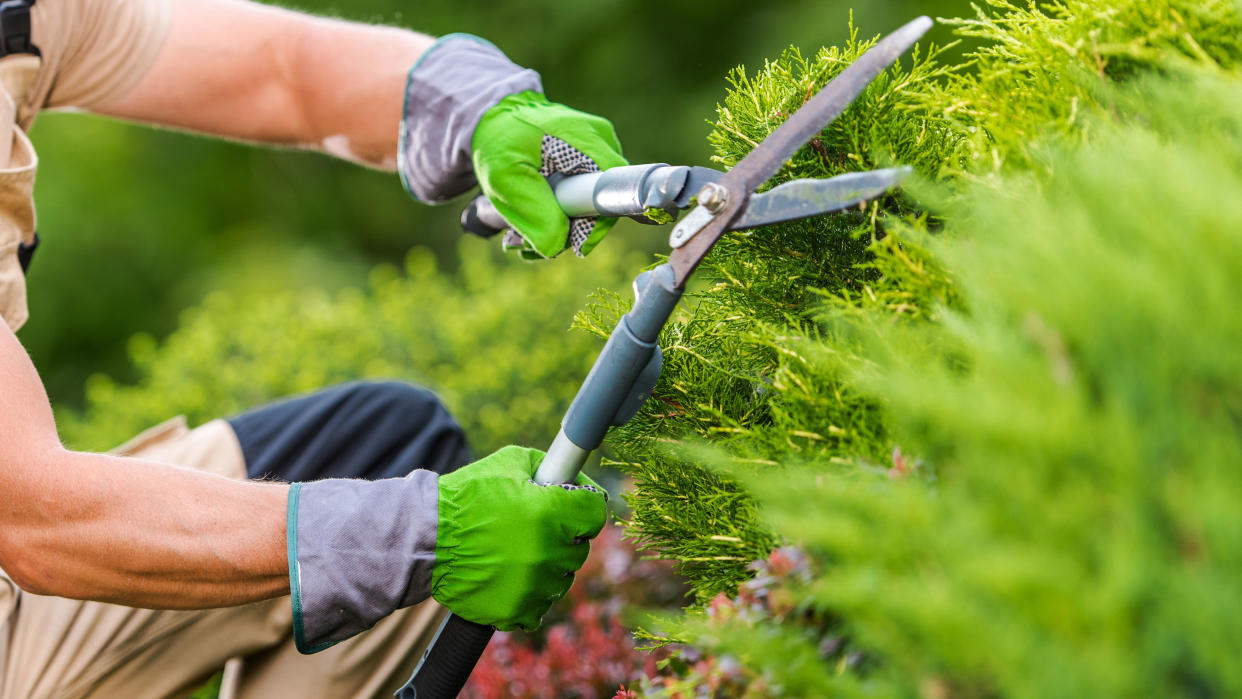
With spring just around the corner, it’s time to get out in your yard and start those first gardening jobs of the year. As the sun starts to break through and the ground begins to thaw, there are more opportunities to complete a range of gardening tasks before spring kicks into gear.
So, grab your best gardening gloves and boots while the sun shines and the weather is dry and get outside to prepare your yard for the months ahead. Whether it’s pruning, preparing the soil or sowing seeds, we’ve got 5 top jobs here that you'll really want to tick off your gardening calendar in March.
1. Get on top of pruning
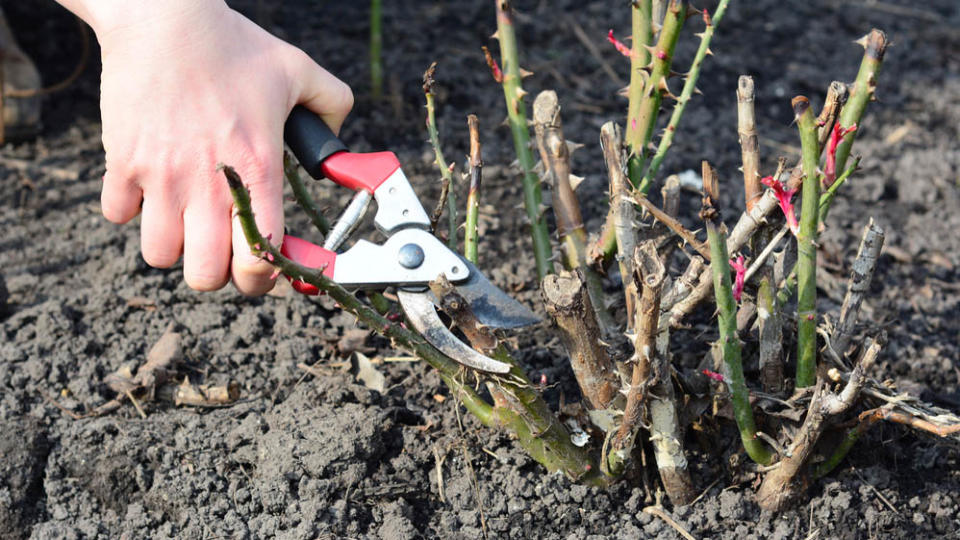
With spring expected around mid-March, the early part of the month is a good time to get on top of pruning. Craig Wilson, co-founder, director and garden expert at Gardeners Dream, says, “Late winter is an ideal time to prune. Not only does it make things look a bit tidier, but it also encourages new growth, culminating in better blooms for summer.”
But which plants should you tackle at this time of year? “You’ll want to look at pruning plants such as wisteria, roses, hydrangeas, clematis and fruit trees,” advises Wilson. “To do this, cut back last year’s growth by about two-thirds, making sure to remove any damaged, weakened or diseased branches.”
Tip
If you plan to put the old stems in a compost heap, they will rot down more quickly if put through a garden shredder first.
2. Enrich your soil
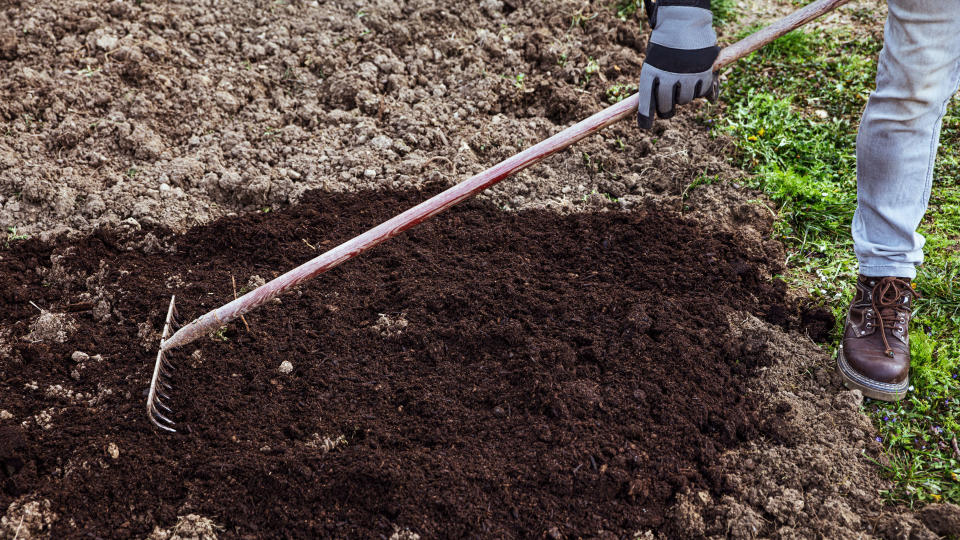
March is a good time to feed your soil, preparing it for its hard work ahead. “Healthy soil is the foundation of any well-established garden,” says Wilson, “without a good soil base, plants, flowers, and food crops will struggle to grow.”
The best way to enrich your soil is to add organic matter, with Wilson suggesting digging in either manure, homemade or bagged compost.
Wilson recommends, “Start by digging the existing soil to loosen it, breaking up any large lumps before adding a 2-inch layer of your organic matter on top. You can then incorporate the manure or compost into the existing soil. Once you have done this, gently firm the soil before raking it over to remove any stones or weeds.
“Doing this now will give your soil time to mature and harbour all the good bacteria needed to support prolific growth come summertime,” he adds.
3. Plant early potatoes
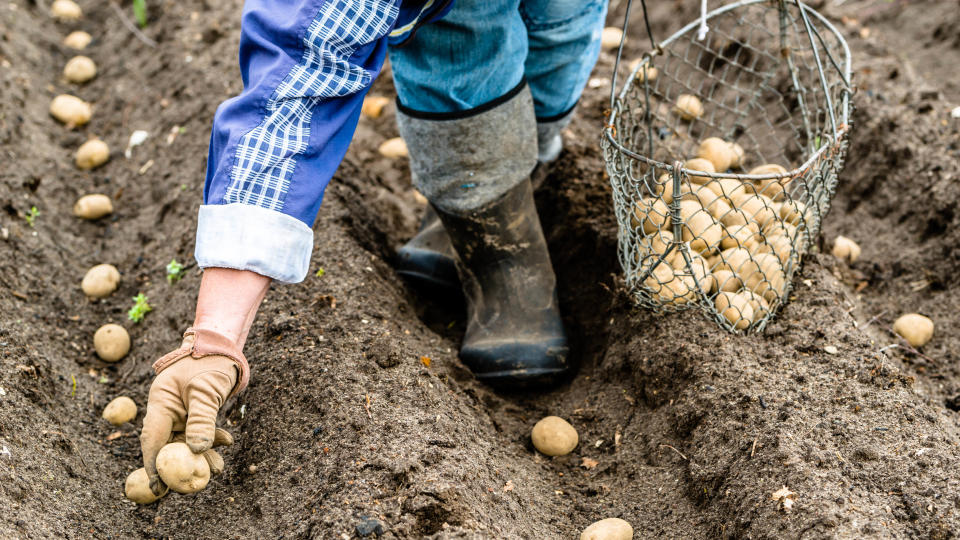
If you enjoy digging up your potatoes and eating them hot with lashings of butter, you can look forward to planting early potatoes at the end of March. These are otherwise known as ‘new potatoes’ and, according to the U.K.'s Royal Horticultural Society, can be ready in as little as 12 weeks.
Early potatoes consist of two types. First earlies are planted in late March, and second earlies are planted in early to mid April, but the timing will depend on where you live, as it’s better to plant potatoes later in colder regions.
Rocket and Swift are two good early potato varieties, and like all varieties, they like rich, fertile soil. So, ensure you’ve dug in plenty of organic matter before planting.
How to plant potatoes in the ground
1. Dig a trench about 6 inches deep.
2. Place the seed potatoes along the base, sprout side up, about 12 inches apart.
3. Cover with 1 inch of soil.
4. Give the potatoes a good water.
How to plant potatoes in containers
1. Half-fill a container with compost that’s at least 12 inches across and 12 inches deep.
2. Plant one seed potato every 12 inches and place just below the soil’s surface.
3. When the shoots appear, top with more compost until the container is full.
4. Get seed ready
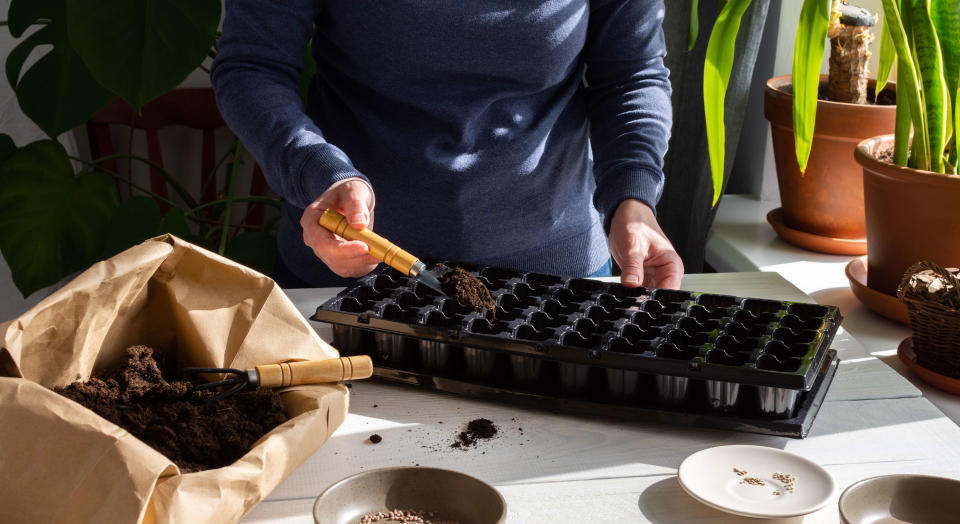
While we are keen to get outside as the weather becomes finer, some gardening jobs can still be done indoors. Plenty of seeds can be planted in greenhouses or kept warm on windowsills, with some hardy seeds suitable to plant straight outside. You can even start sowing flower seeds undercover, ready for a summer display. However, it will depend on your climate.
Urban Farmer has a hardiness zone map, which indicates the varieties of vegetables and herbs that can be planted in March depending on where you live.
Who doesn’t love a beautifully ripe homegrown tomato? The good news is that they are easy to grow, best started inside, and transplanted into the garden in spring. Sweet peppers have a long growing season, so they are another seed worth starting early, along with eggplants, peas, fava beans and onions.
Tip
Check for tomatoes that are disease-resistant to verticillium and fusarium — look for ‘V’ of ‘F’ after the variety name.
5. Make a compost bin
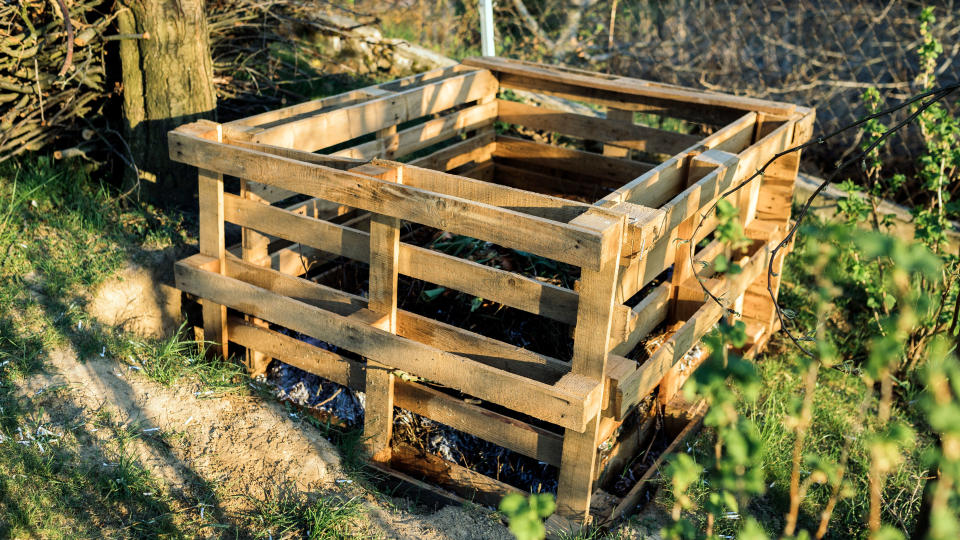
While the garden is still coming to life, use this time to prepare for the months ahead and make a compost bin. You’ll be able to produce rich compost to dig into your soil and make a saving on the cost of buying one.
Composting at home is also highly recommended by the U.S. Environmental Protection Agency, which states: “By turning our food scraps and yard trim into compost, we transform our waste streams into a beneficial, value-added soil amendment and use it to protect the environment and create resilient communities.”
One method is to build a compost bin out of pallets. The idea is to form a square out of four wooden pallets, securing them with hardware. It's a simple idea, but one which will provide you with a never-ending supply of rich compost to nourish your yard.